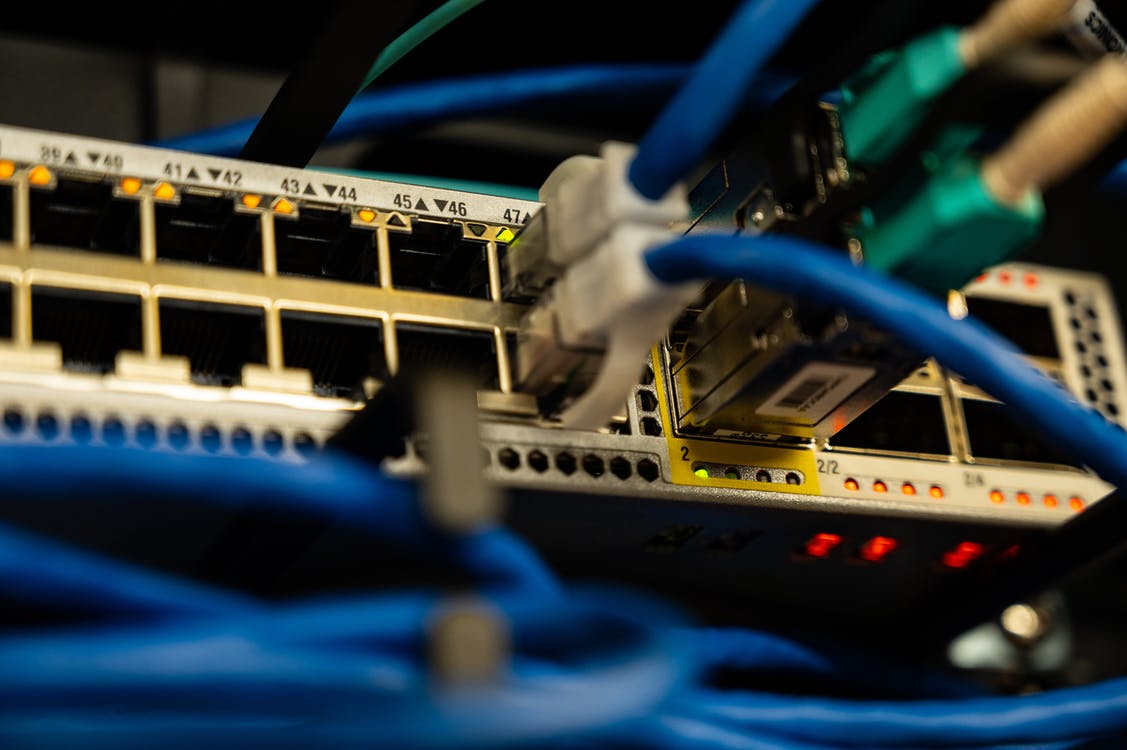Be aware! Hackers are everywhere, so try to do everything to protect yourself. Take these simple steps:
Change the factory security settings
In fact, users rarely change standard usernames and passwords. So, go to the router settings via the web interface. To do this, open a browser and enter 192.168.0.1 or 192.168.1.1 in the address bar (if nothing happens, look for the instructions for your router model).

A window should appear with fields for login and password, usually admin, if not, check the instructions again. Often, the factory login and password can be found right on the router case.
Log in and select the “Administration”, “Administrator Panel” or “System” item in the router settings, where you can change the default settings to a strong password.
Change the name of the access point
The name of your wireless network must not be the same as the model name of your router. Each device has its own vulnerabilities and failed firmware versions. Don’t make it easy for attackers to find the key to your home network.
Set a password for your home Wi-Fi network
A home Wi-Fi network without a password transmits data in clear text without encryption. Thus, you broadcast your actions on the Internet to the entire district. It is very easy to intercept such traffic – you just need to tune in to the desired frequency. Even a self-taught hacker can handle this.
You can set a password for Wi-Fi in the same interface where you changed the factory security settings of the router. Select WPA2-PSK from the drop-down list – today it is the most secure encryption protocol and will provide the maximum level of protection.

Disable remote control
Some models of routers allow you to remotely change settings via the web interface. This way hackers can connect to your Wi-Fi network from anywhere in the world. Regular users fall under automated attacks when malware scans a specific range of addresses, finds an unsecured access point, and redirects your logins and passwords from various services to a hacker’s database.
Disable Web-Based Remote Management (it may be called Web Access or Remote Access). You now need physical access to your router to connect to your home network.
